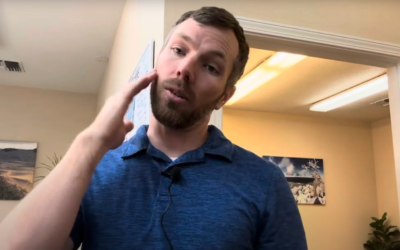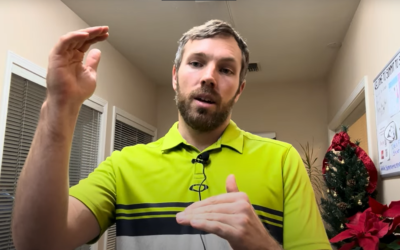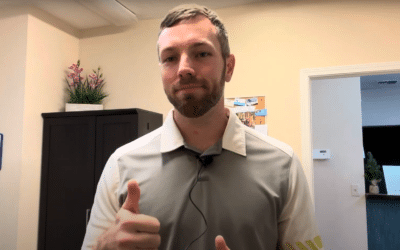1st concern is the structural issues. Some people are meant to move less than others and some people have the genetics and history to move more. Some of the components that will effect structure include things like gender, demographics and family history, and adaptability to growth environment.
2nd concern is the functionality. This is the component that is within everyone’s grasp to change due to the stresses placed on our body. I will use the shoulder and hip for examples because they are joint that move a ton, but need a lot of stability. When you are stretching constantly you are addressing the mobility side of the coin. However, there is a neurological component to your motion. If you have more motion than you can control, you will never get any further than where you are at. For example, if you go into a throwing position of the shoulder, this is a common position that the shoulder will dislocate. If you go into that position and don’t have the strength to hold it in your socket, your brain won’t allow you to go any further, when it works properly. So instead of constantly stretching it, switch gears and try strengthening it. This is especially true with hips because we walk and run on them and they need a lot of strength to hold us in the right positions during activity.
Addressing both sides of the functionality components, mobility and stability, is important to reach those flexibility goals. Don’t look at it so simply as “I’m stiff and I need to stretch”. Not always the case. Add a strength training program with your stretching. As you add that strength training to your flexibility routine, you will likely watch that range of motion increase gradually, but better than just with stretching alone. Also, this addresses that neurological factor that keeps pushing you back due to trying to protect yourself. If you have any questions let me know and we can talk more about this topic. I’m Dr. Haworth and coming to your from the Tahoe Rim Trail at the bench in South Lake Tahoe.
Tahoe’s Premiere Sports Chiropractor
Follow us on
Facebook https://www.facebook.com/summittoshore/
Instagram https://www.instagram.com/summittoshore/





